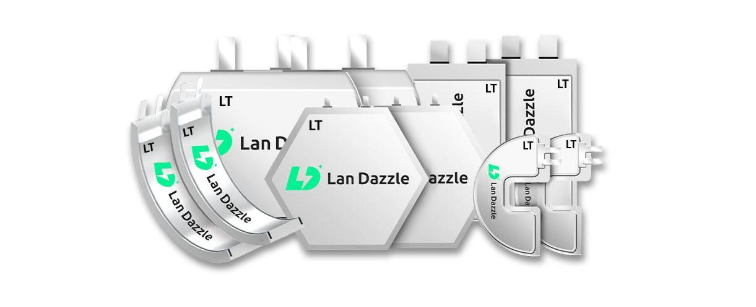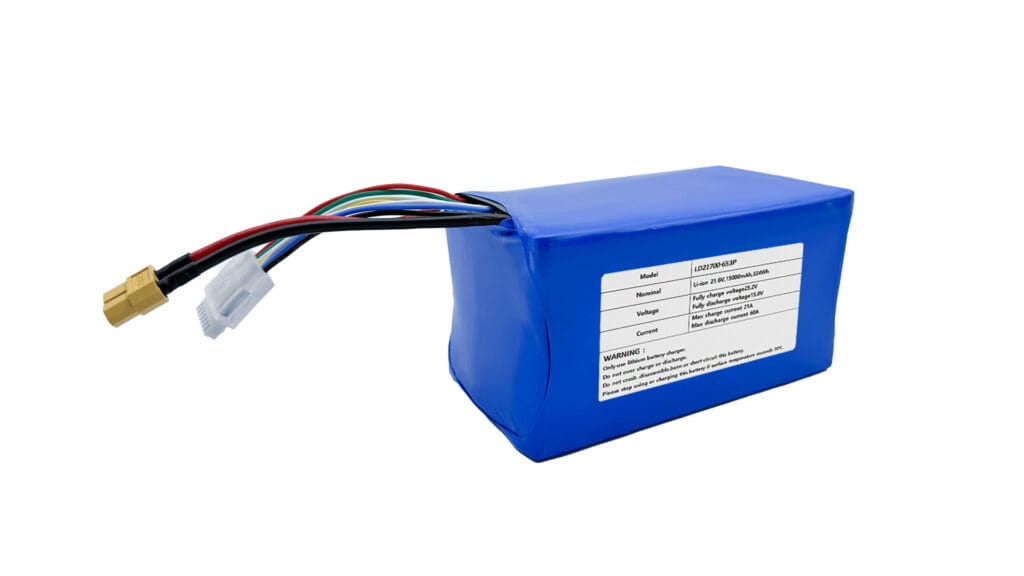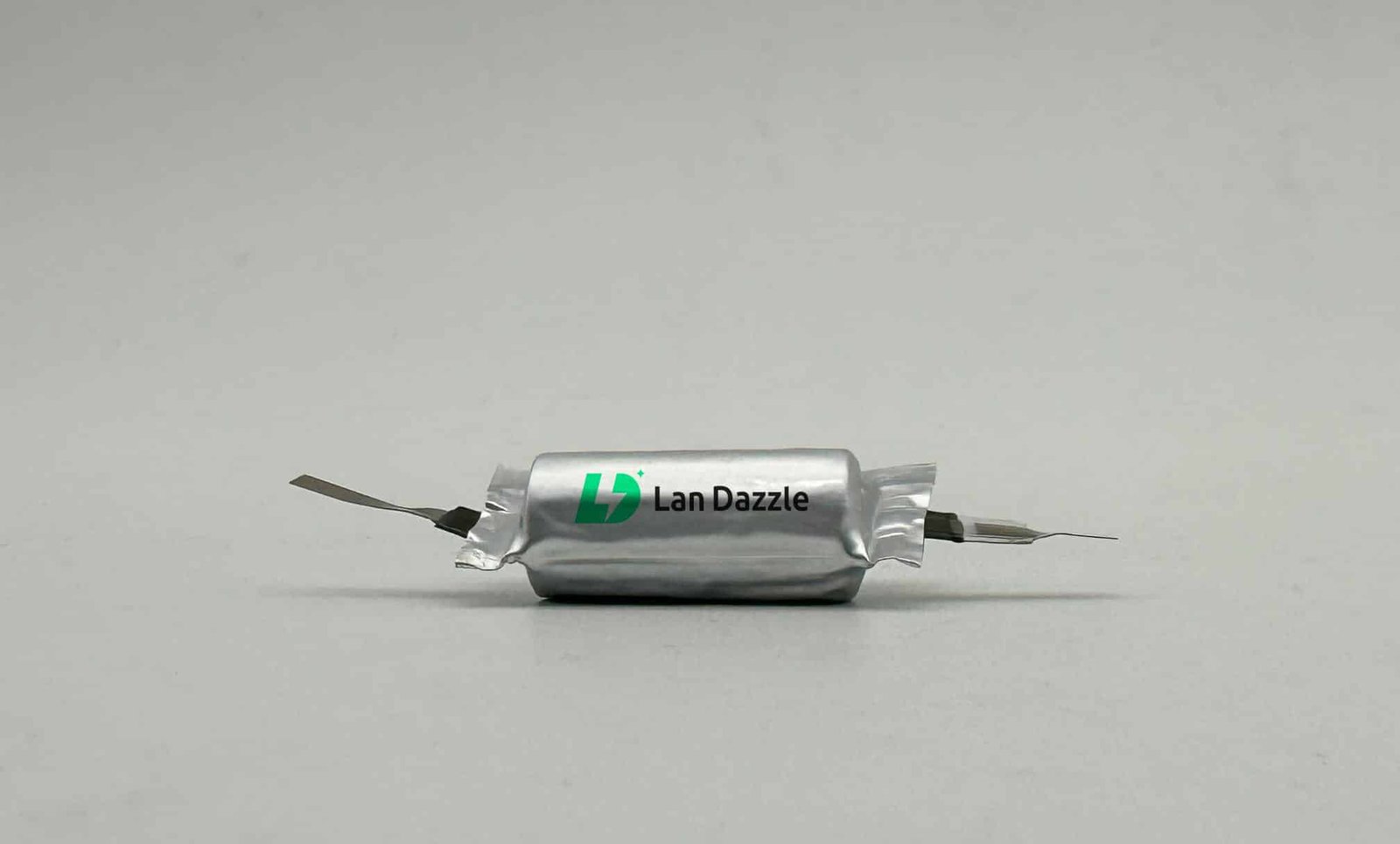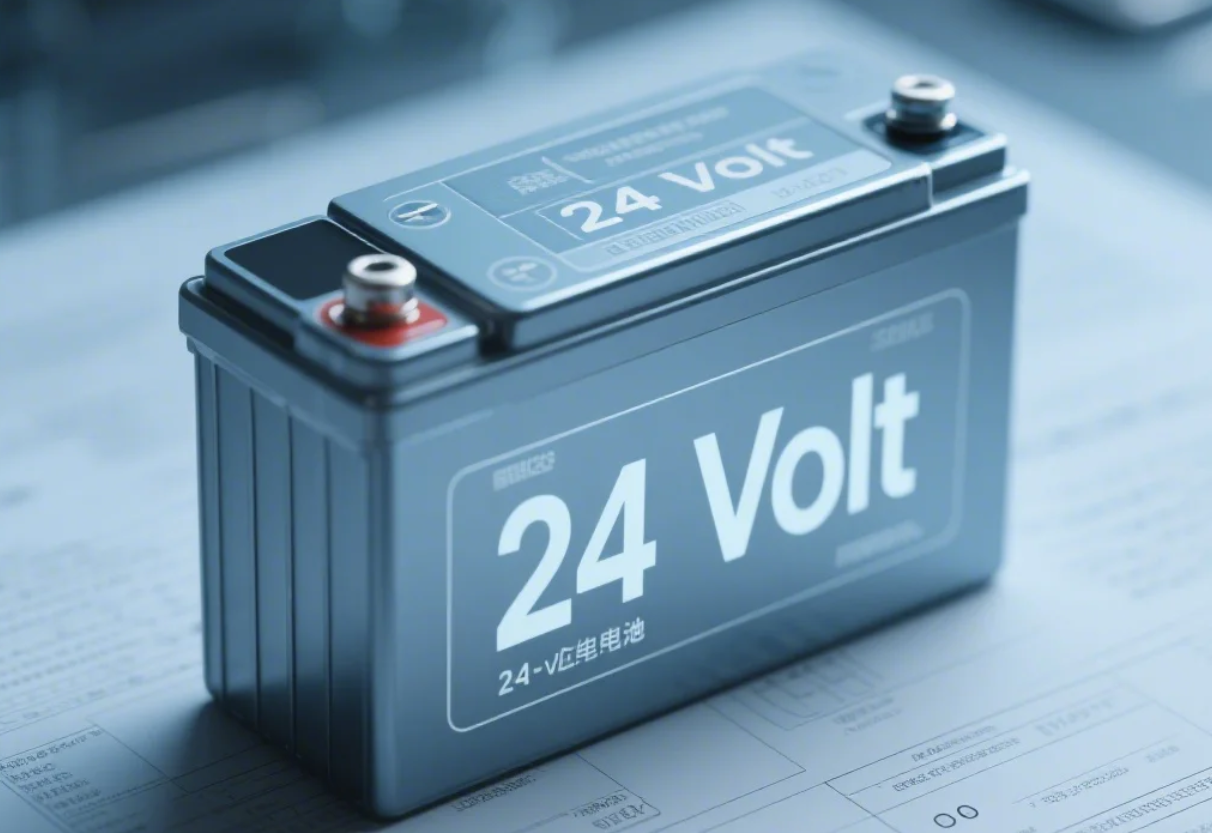Lithium-ion batteries are the silent workhorses of our modern world. From the smartphone in your pocket to the electric vehicle in your driveway, these energy powerhouses keep us connected and moving. But if you’ve ever noticed your phone dying faster on a frosty morning or your EV’s range dropping significantly in winter, you’ve experienced a fundamental truth: lithium-ion batteries don’t like the cold.
Winter brings unique challenges for battery performance, impacting everything from your device’s lifespan to your car’s efficiency. Understanding these effects isn’t just for engineers; it’s crucial for anyone who relies on these ubiquitous power sources. This comprehensive guide will demystify the science behind why cold impacts Li-ion battery winter performance, explain what you’ll notice in real-world scenarios, and provide practical strategies to protect your lithium ion battery cold weather performance and extend its life through the chillier months.
The Science Behind the Chill: Why Cold Affects Li-Ion Batteries
To truly understand why cold affects Li-ion batteries, we need to peek inside. Lithium-ion batteries work by moving lithium ions between the anode and cathode through a liquid electrolyte. It’s a precise chemical dance, and temperature plays a starring role.
At optimal temperatures (typically around 20-25°C or 68-77°F), this dance is fluid and efficient. However, when the mercury drops, several things happen:
- Increased Electrolyte Viscosity: Imagine trying to swim through molasses instead of water. That’s essentially what happens to the lithium ions in cold temperatures. The electrolyte fluid becomes thicker and more viscous, significantly slowing down the movement of ions between the electrodes. This reduced ion mobility directly impacts the battery’s ability to deliver and accept charge efficiently.
- Higher Internal Resistance: As ion movement slows and chemical reactions become sluggish, the battery’s internal resistance cold dramatically increases. This means more energy is wasted as heat during both charging and discharging, resulting in a noticeable drop in cold battery efficiency. You get less usable power from the same amount of stored energy.
- Slowed Electrode Reactions: The chemical reactions at the anode material cold e cathode material cold surfaces themselves become less efficient. It’s harder for the lithium ions to intercalate (insert themselves) into the electrode materials, limiting the battery’s overall performance.
- The Danger of Lithium Plating: Perhaps the most critical concern when it comes to lithium-ion battery charging in cold is the risk of lithium plating. If you attempt to charge a Li-ion battery when its core temperature is at or below freezing (0°C / 32°F), the lithium ions can’t properly insert into the anode. Instead, they deposit as metallic lithium on the anode surface. This metallic plating is irreversible, permanently reducing the battery’s capacity, increasing internal resistance, and posing a serious safety risk (including the potential for internal short circuits and thermal runaway in severe cases).
- Battery Management System (BMS) Intervention: Modern Batterie agli ioni di litio are equipped with sophisticated Sistemi di gestione delle batterie (BMS). In cold conditions, the BMS plays a crucial protective role. It actively monitors temperature and will limit or even prevent charging and discharging to safeguard the battery from damage. This is why your phone might refuse to charge when left in a freezing car, or your EV might drastically reduce its fast-charging speed.
It’s important to note that a Li-ion battery capacity can drop by 20-50% when subjected to freezing temperatures compared to its performance at room temperature. This isn’t just an inconvenience; it’s a fundamental change in how the battery operates.
Real-World Impacts: What You’ll Notice in the Cold
The scientific principles translate directly into observable phenomena in your daily life. Whether you’re an EV battery cold weather range enthusiast or just trying to keep your smartphone alive, these impacts are undeniable.
- Reduced Capacity and Range: This is perhaps the most common and frustrating effect. As the battery’s usable energy decreases due to higher internal resistance and slower reactions, your devices will simply run out of juice faster. For veicoli elettrici, this means a noticeable reduced range EV. Driving an EV in cold weather often sees a 10-40% reduction in range, sometimes more, especially if you’re using energy-intensive features like cabin heating. Your smartphone, laptop, or drone will also experience significantly shorter battery life. An iPhone used outdoors in freezing temperatures might last only a fraction of its normal duration before shutting down.
- Slower Charging Times: If you’ve ever tried to charge a cold device, you’ve likely noticed it takes much longer. The BMS actively limits the charging rate to prevent lithium plating and other damage. Slower charging cold is a necessary protective measure. Fast charging becomes particularly problematic in cold conditions, as the rapid influx of current exacerbates the risk of plating. Your EV might show a significantly lower charging speed at a public fast charger on a frosty day. For portable devices, you might find that charging them indoors, where it’s warmer, is the only way to get a decent charge rate.
- Decreased Power Output: Batteries in the cold struggle to deliver bursts of high power. This translates to sluggish performance. Your phone might feel less responsive, apps might load slower, or the screen might dim. For EVs, you might notice decreased power output manifested as slower acceleration or a reduction in regenerative braking efficiency (as the cold battery is less able to accept the regenerated energy). Power tools, such as cordless drills, might exhibit reduced torque and shorter operational times.
- Increased Self-Discharge (Minor but Present): While not as significant as when the battery is in active use, cold temperatures can lead to a slightly increased rate of self-discharge for Li-ion batteries. This means a battery stored cold for extended periods without use might lose its charge faster than one stored at room temperature.
- Potential for Permanent Damage: We can’t stress this enough: repeatedly charging a very cold lithium-ion battery (especially below freezing) can cause permanent battery damage cold through lithium plating. This isn’t just a temporary drop in performance; it leads to irreversible capacity loss and can compromise the battery’s safety and longevity. This contributes directly to accelerated cold weather battery degradation over the long term.
Strategies for Better Lithium Ion Battery Cold Weather Performance
The good news is that you’re not helpless against winter’s chill. By understanding how cold affects Li-ion batteries, you can adopt smart strategies to minimize its impact and extend the life of your devices and electric vehicles.
- Battery Preconditioning (EVs are Key): This is perhaps the single most effective strategy for electric vehicle owners. Many modern EVs feature battery preconditioning systems that warm the battery to an optimal operating temperature before you drive or charge. Activating this feature (often via a scheduled departure time or by plugging into a charger before leaving) can significantly improve your EV battery cold weather range and enable faster charging. Preconditioning can restore a substantial portion of lost range, sometimes 10-25% or more, depending on the ambient temperature. It’s also vital before fast charging in cold weather, as a warm battery can accept a higher charge rate safely.
- Pratiche di ricarica ottimali: Always aim to charge your Li-ion batteries when they are warm, not cold.
- Charge After Driving (EVs): If you’re driving an EV, charge it immediately after a trip when the battery is already warm from use.
- Charge Indoors (Portable Devices): For smartphones, laptops, and other gadgets, bring them indoors to warm up for at least 30-60 minutes before plugging them in, especially if they’ve been exposed to freezing temperatures. Never try to fast charge a device that feels icy to the touch.
- Avoid Charging Below Freezing: If a battery is truly frozen, do not attempt to charge it. Allow it to come back to above 0°C (32°F) naturally in a warmer environment before charging.
- Keep Batteries Warm During Use:
- For Phones: Keep your smartphone in an inside pocket of your coat or jacket. Your body heat will help maintain its temperature. Avoid leaving it exposed on tables or in car cup holders in frigid conditions.
- For Laptops/Tablets: Use them in reasonably warm environments. If you’re working outdoors, consider an insulated bag or a laptop sleeve when not in use.
- For Drones/Cameras/Power Tools: Consider using insulated battery pouches or even small chemical hand warmers (not directly touching the battery, but near it in an insulated bag) to maintain a workable temperature, especially if you know you’ll be operating in extreme cold.
- Gentle Usage in Cold: Immediately after exposing a device or EV to cold, try to avoid demanding high power. For EVs, accelerate gently initially. For devices, avoid resource-intensive apps or tasks right away. This allows the battery to gradually warm up and perform more efficiently.
- Smart Storage Practices:
- Store at Room Temperature: When storing Li-ion batteries for extended periods, ideally keep them at room temperature (e.g., 10-25°C or 50-77°F).
- Partial Charge for Storage: For long-term storage (weeks or months), store Li-ion batteries at a partial charge, typically around 50-60%. A fully charged battery stored in extreme cold can still suffer gradual degradation, though cold storage at a partial charge can marginally reduce self-discharge rates. However, for active use in winter, bringing batteries indoors and charging them optimally is key.
- Utilize Thermal Management Systems: Many higher-end devices and all modern EVs incorporate thermal management systems that actively regulate battery temperature. Understand how these systems work in your specific device or vehicle and allow them to do their job. For EVs, this often means the car will use some energy to warm the battery itself, even when parked.
Long-Term Health: Protecting Your Battery from Winter’s Grip
While temporary performance drops are inconvenient, the greater concern for your battery’s lifespan is cold weather battery degradation. Repeated exposure to extreme cold, particularly coupled with improper charging, can accelerate the aging process of your batterie agli ioni di litio.
- The Cumulative Effect of Cold Charging: Each instance of charging a very cold lithium-ion battery can lead to some degree of lithium plating. Over time, this cumulative damage permanently reduces the battery’s overall capacity, meaning less usable energy and shorter runtime, even when temperatures return to normal. It compromises the battery’s internal structure, increasing internal resistance and making it less efficient throughout its life.
- Understanding “Optimal Operating Temperature”: While batteries can function in cold, their optimal operating temperature Li-ion is well above freezing. Consistent operation or charging outside this range will inevitably lead to a shorter lifespan compared to batteries that are carefully managed.
- Monitoring Battery Health: Many devices (like smartphones under Battery Health settings) and EVs provide data on your battery’s maximum capacity relative to when it was new. Regularly checking these indicators can give you a sense of how your battery is holding up over time, and if winter practices are impacting its long-term health.
Remember, some battery degradation is inevitable with any lithium-ion battery over time and usage cycles. However, by being mindful of cold weather impacts and implementing the protective strategies outlined, you can significantly slow this process and ensure your batteries serve you reliably for years to come.
Conclusion: Navigating Winter with Confidence
The relationship between batterie agli ioni di litio and cold weather is a delicate one, rooted in the fundamental chemistry that powers our devices and electric vehicles. While it’s clear that freezing temperatures can reduce performance, slow charging, and even accelerate degradation, understanding these challenges is the first step toward overcoming them.
By recognizing the impacts of increased electrolyte viscosity, higher internal resistance, and the critical risk of lithium plating, you can make informed decisions. Implementing strategies like battery preconditioning, practicing optimal charging practices, and simply keeping your devices warm can dramatically improve your lithium-ion battery cold weather performance and extend its overall lifespan.
Don’t let winter drain your energy or shorten your EV range. With a little knowledge and proactive care, you can ensure your lithium-ion batteries continue to power your life efficiently and reliably, no matter how low the temperature drops.
At Lan Dazzle, we specialize in creating custom lithium polymer batteries that are optimized for cold weather environments. Our expertise allows us to tailor each battery to meet specific needs, ensuring that it performs optimally, even in freezing conditions. If you have any needs or questions, feel free to contact us at info@landazzle.com.





